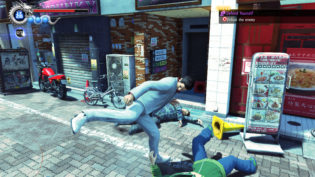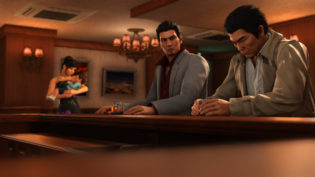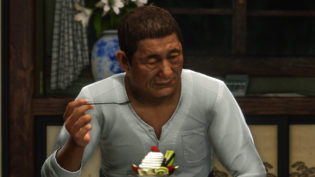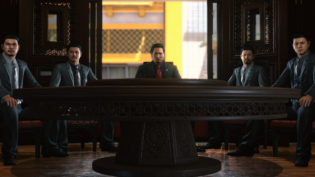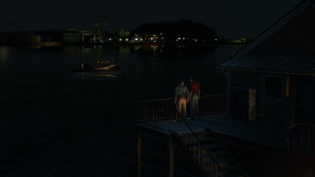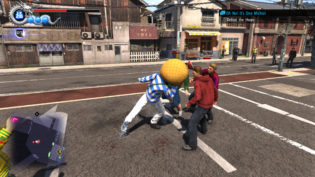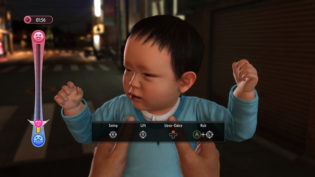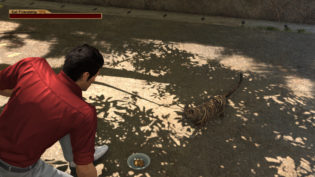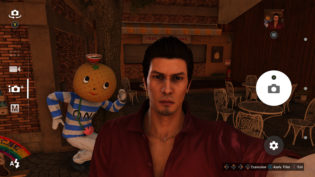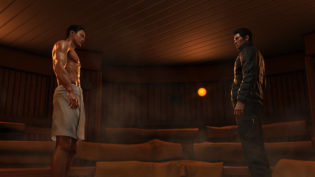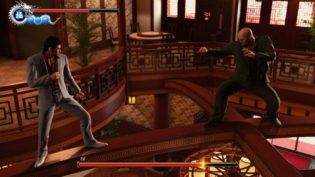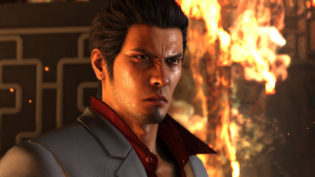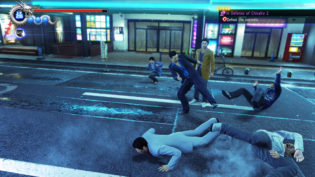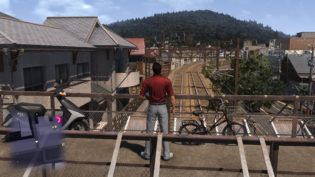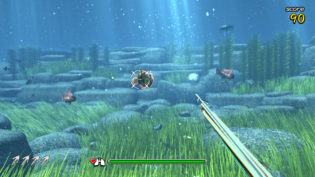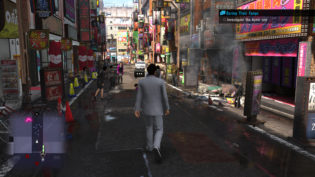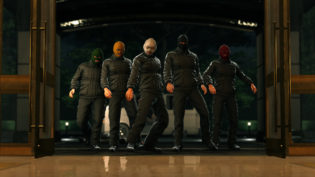Well, this is it. Now I’ve played all of the main Yakuza game available as of now. All of them are on PC and all of the ports are solid. Was the final entry in the series (prior to refocusing the story and gameplay in Like a Dragon) good? It was fine. I enjoyed it more than 5, honestly.
So, Yakuza games. Open world action adventure titles with beat ’em up combat and cinematic stories. Luckily, most people are aware of this by now, unlike the mid-00s, where people just called it “Japanese GTA”, even though there’s barely anything similar between the franchises. This is the final game in the main series, as of now, to be an action adventure, as Like a Dragon switched gears and plays like a jRPG. Though, it wasn’t the last game to be released, since Kiwami 2 was released later. And the Judgement games, set in the same world, still play close to typical Yakuza games. This is, however, the very first game using the “Dragon engine” after 8 years of using the previous engine for all of the titles, starting with Ryū ga Gotoku Kenzan! (which still hasn’t been released internationally). And this change became the main complaint for a lot of people, despite offering really cool changes.
On one hand, this move means that exploring the world feels even more seamless than before. Most of the smaller interiors are part of the main map, while the interiors accessible only by elevators have a quick transition and still feel like part of the same map. Countless vending machines, previously thrown around just as fluff details, are now usable and provide buffs. Transitions into and from combat are extremely quick, which means that getting into fights is far less annoying, though opponents that notice you chase you for longer if you choose to avoid combat. It is here where the series first received long needed autosaves and the ability to save anywhere, something that has been extremely annoying in the previous games during super long chapters with no in-between save points. The game looks stunning, and even though the rest of the titles have been constantly improving, the jump to this new engine is very noticeable.
However, on the other hand, a completely different approach to combat and animations was taken. The combat looks far more agile and dynamic, with less stiff animations, many interactable and destructible details added to the maps and the fact that ragdolls react to every little detail of the terrain in a more “realistic” way… Granted, those same ragdolls also love to get stuck in the air, endlessly spin into the distance or get stuck in impossible poses… But that’s not the real issue. The problem is that, the combat also feels extremely simple, while also less responsive. In previous games, there was a certain learning curve (sometimes an steep one) akin to one in a fighting game, where you’d learn the moves for the character and when to use them. And by the end of the game you didn’t have to master those (for the main story anyway), but be good at it, and it actually looked and felt impressive and rewarding. Final bits of 5 or 0 are tough, but they don’t just look cool, they feel cool to play. And Yakuza 6 doesn’t really have any real progression.
Yes, there are skills to unlock and things to improve, sure. Though, I still don’t understand why the series went into overcomplicating these RPG elements, instead of sticking to a simple and fun upgrade system like in 5. But these just make the game go quicker or slower, not different. There’s no need to ever switch from doing the same basic combo for most fights. Almost every boss fight ends as soon as you get to the midpoint, go into Extreme Heat and then QTE the boss to death. And as soon as you unlock the good old Tiger Drop every one on one fight is just you Tiger Droping the enemy to death (and adding Extreme Heat to make it go faster). You don’t get as many setups for simple Heat actions without setting them up specifically (by grabs, for example) as well, making them less important for the game. And the ragdolling is kinda annoying, more often than not. Most of this has been improved greatly in Kiwami 2, as I already know, but this first attempt wasn’t good.
Luckily, the game itself is actually quite enjoyable. Unlike 5 it has a focused plot that almost never stops, all of the characters here have a goal and want to be part of the story and the game is about twice as short. Now, a lot of it feels like a bizarre retelling of Yakuza 3, which wasn’t necessary. Especially since the story of 3 is better, though, the storytelling there was terribly slow. But, I suppose, since this is meant to be the final tale for Kiryu and the main cast we’ve known for a while, it’s only fair to revisit the previous game that felt like a final tale for Kiryu and the main cast (except for some reason they didn’t stop there).
You can feel that the game had to be somewhat rushed because of the new technology. So the Kamurocho map is slightly shortened and the second main location is rather small. A lot of the characters from previous titles that you’d expect to see or at least get mentioned are either completely absent or appear for a few scenes and that’s all. The soundtrack is rather mediocre, which is disappointing since the game came out after 0. The mini-games aren’t particularly interesting, with the “Clan creator” being incredibly boring (Kiwami 2 iteration was slightly better).
Still, I did find it enjoyable, I liked the characters and the story, while not great, was entertaining enough. It’s not a fantastic send-off for Kiryu’s story, but only because that already happened 3 games ago and this was the first time since 3 he actually felt like a necessary part of the main story and wanted to be there. It’s far less tedious than 5. And if you’re already invested into the series, there’s no reason not to play it. If you’re not that excited and you’ve already played the best entries (0 and 4, which can be played completely independently from the rest of the series), but haven’t played Kiwami 2, play that one instead.




